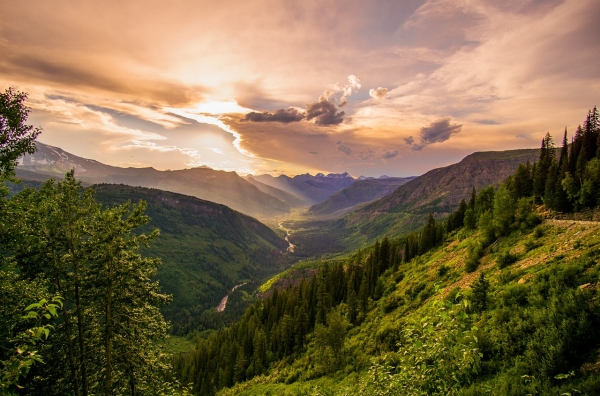Trees are struggling to sequester heat-trapping carbon dioxide (CO2) in warmer, drier climates, meaning that they may no longer serve as a solution for offsetting humanity’s carbon footprint as the planet continues to warm, according to a new study led by Penn State researchers.
“We found that trees in warmer, drier climates are essentially coughing instead of breathing,” said Max Lloyd, assistant professor of geosciences at Penn State and lead author on the study recently published in Proceedings of the National Academy of Sciences. “They are sending CO2 right back into the atmosphere far more than trees in cooler, wetter conditions.”
Through the process of photosynthesis, trees remove CO2 from the atmosphere to produce new growth. Yet, under stressful conditions, trees release CO2 back to the atmosphere, a process called photorespiration. With an analysis of a global dataset of tree tissue, the research team demonstrated that the rate of photorespiration is up to two times higher in warmer climates, especially when water is limited. They found the threshold for this response in subtropical climates begins to be crossed when average daytime temperatures exceed roughly 68 degrees Fahrenheit and worsens as temperatures rise further.
Read more at Penn State
Photo Credit: Pexels via Pixabay


